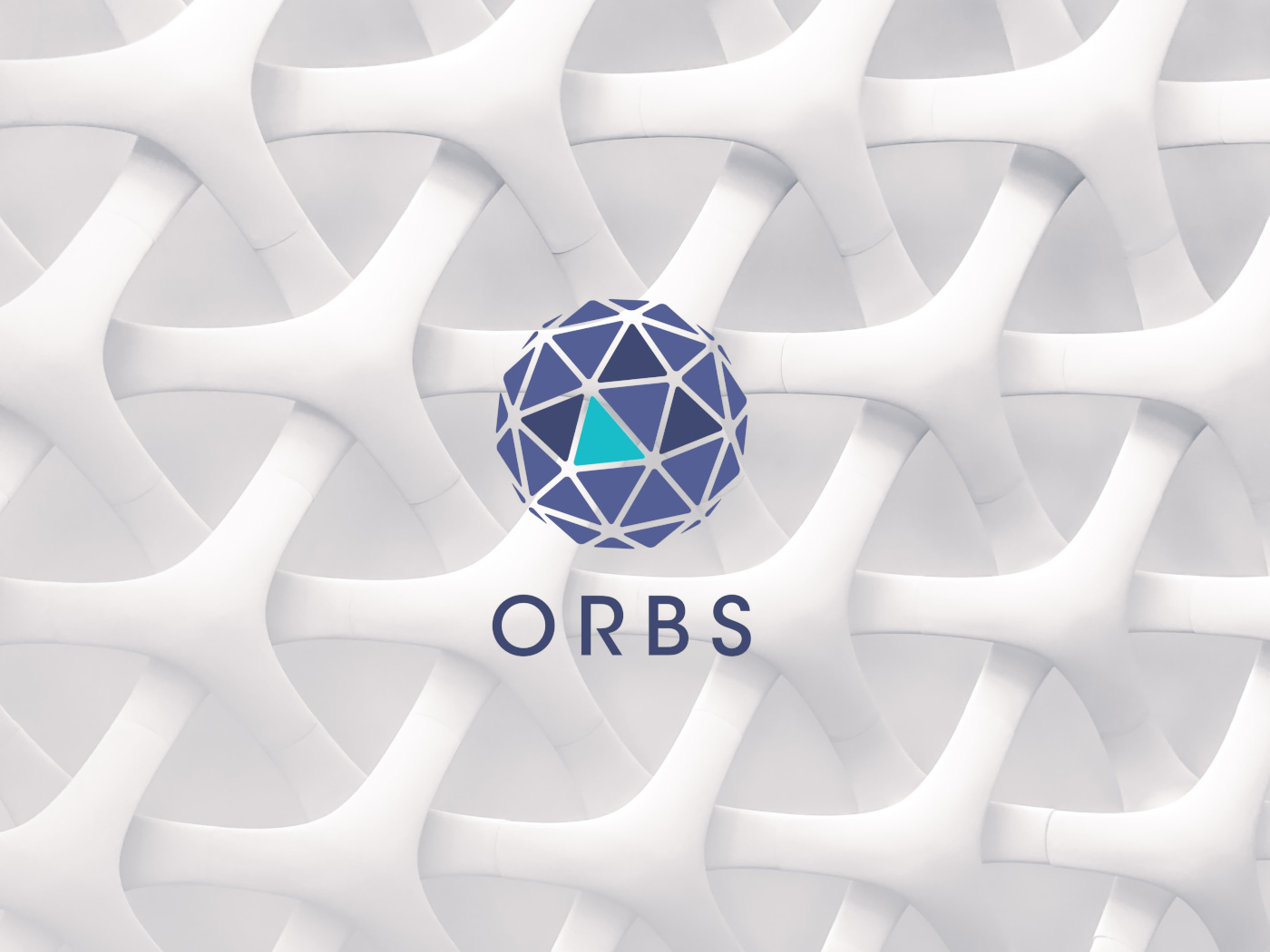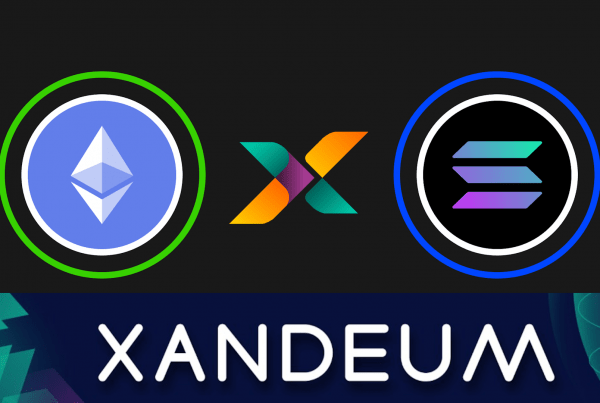
Key Highlights:
- Orbs Network has announced that TON will be the first non-EVM layer 1 blockchain they will be building on
- Orbs currently supports Ethereum, Polygon, BNB Chain, Avalanche and Fantom
Orbs Network was founded in 2017 with the goal of enabling developers to create better protocols and solutions without compromising decentralization or their ability to reach a wide audience. As a third layer and component of a tiered blockchain stack, Orbs is configured as a separate decentralized infrastructure layer that operates between current L1/L2 solutions and the application layer.
Orbs Network extends the underlying Layer1 blockchain and operates as Layer 3 on the underlying block it builds on. The main foundation of Orbs has always been the EVM (Ethereum Virtual Machine). Orbs Network works with Polygon, BNB Chain, Avalanche and Fantom networks in addition to the Ethereum mainnet and it offers smart contract developers all its features on these platforms.
In the past few years, the blockchain sector has advanced significantly, achieving excellent results in terms of decentralization, traction, and capitalization. Uniswap and Pancakeswap are two protocols that have achieved billions of dollars in TVL. Although these successes make us happy, we think that great transitions have not yet come.
Direction of mass adoption
Orbs has always kept active the dream of making blockchain technology accessible to billions of end users and has always prioritized its commitment to EVM, its production on Ethereum and other networks and also had been awaiting an L1 that could carry this dream with patience.
With the daily integration of blockchain technology into our lives, two fresh competitors with large user bases have emerged. Facebook announced The Libra project, which promised to bring mass adoption of stablecoins. Telegram revealed the Telegram Open Network and its token GRAM that were meant to involve its sizeable user base in the cryptocurrency ecosystem. However, both initiatives had to come to a stop since they were eventually unable to establish an appropriate regulatory way forward.
The open source community later adopted the abandoned TON codebase, forked it, and resurrected it as The Open Network (TON), which now has a completely decentralized new token called TON Coin. Early in 2021, TON’s mainnet was formally launched and has since grown in popularity. Today, the network has more than a million active wallets, and the CEO of Telegram has even publicly praised it.
A careful examination reveals that TON is the first Layer 1 with the infrastructure to move the blockchain ecosystem to mass adoption. Bitcoin, the first of all blockchains, took the throne as the first L1 cryptocurrency, and Ethereum performed poorly in this competition. However, when we look at TON, we can see that it doesn’t compete with Ethereum and instead concentrates on acquiring a fresh, uncompromised Layer 1 use case. It is clear that he is close to achieving this goal, and it is anticipated that he will finally ascend to the throne.
TON is the first non-EVM layer 1 that Orbs will be building on
Orbs has now announced that TON will be the first non-EVM layer 1 that they will be building on. The TON ecosystem is still in its infancy and is not yet as developed as the EVM environment, but it has enormous promise. Orbs will be happy to assist in bringing it into maturity and achieving its potential.
As a L3 infrastructure layer, Orbs is establishing itself as a significant player in the TON ecosystem and creating brand new L3 use-cases for TON-based protocols. Orbs’ innovations have a lot of place in the developing TON ecosystem, and there is a ton of opportunity to seize thrilling chances and be early adopters. TON gains traction and Orbs can construct some of the essential infrastructure there and launch themselves toward the moon.
It is better to follow ORBS for a clear understanding about the various use-cases, goods, and services that the Orbs network will be releasing on TON.



